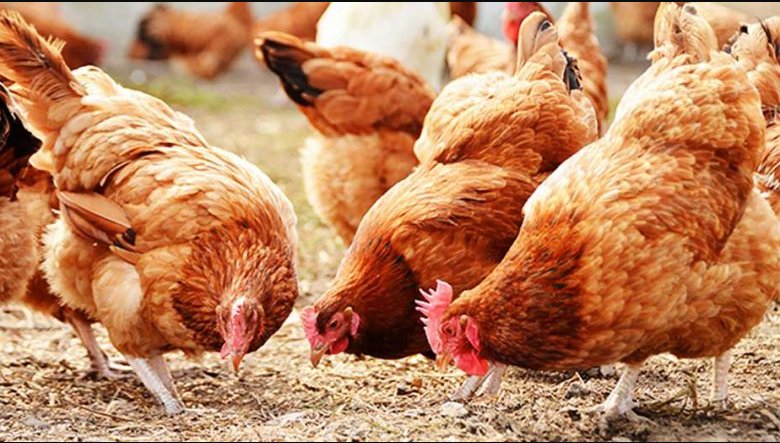Poultry farming is a popular and profitable agricultural activity in Kenya, and there are several types of poultry farming practices that are common in the country. Here are some of the major types of poultry farming in Kenya:
- Free-range poultry farming: This is a traditional and common type of poultry farming in Kenya, where chickens are allowed to roam and forage for food in a free-range environment. Farmers provide basic housing and protection for the chickens at night, but during the day they are allowed to range freely. Free-range chickens are typically raised for both meat and egg production.
- Battery cage poultry farming: This type of poultry farming involves keeping chickens in small cages that are arranged in rows and tiers. The cages are designed to maximize space utilization and allow for efficient feeding and egg collection. Battery cage farming is common for commercial egg production, as it allows for large numbers of birds to be kept in a relatively small space.
- Broiler poultry farming: Broiler farming is the practice of raising chickens for meat production. Farmers keep the birds in large, temperature-controlled housing and provide them with a high-protein diet to promote fast growth. Broilers are typically raised for 6-8 weeks before they are ready for slaughter.
- Layer poultry farming: Layer farming is the practice of raising chickens for egg production. Farmers keep the birds in housing that is designed to provide optimal lighting, temperature, and ventilation conditions. Layer chickens are typically raised for 1-2 years before they are replaced.
- Indigenous poultry farming: Indigenous poultry farming is the practice of raising local breeds of chickens that are well-adapted to the local environment. These breeds are typically hardy, disease-resistant, and can survive on low-quality feed. Indigenous poultry farming is common in rural areas of Kenya, where small-scale farmers keep a few chickens for household consumption and sale in local markets.
Overall, poultry farming is an important source of income and nutrition for many Kenyan farmers, and the different types of poultry farming practices allow farmers to choose the best approach based on their needs and resources.

